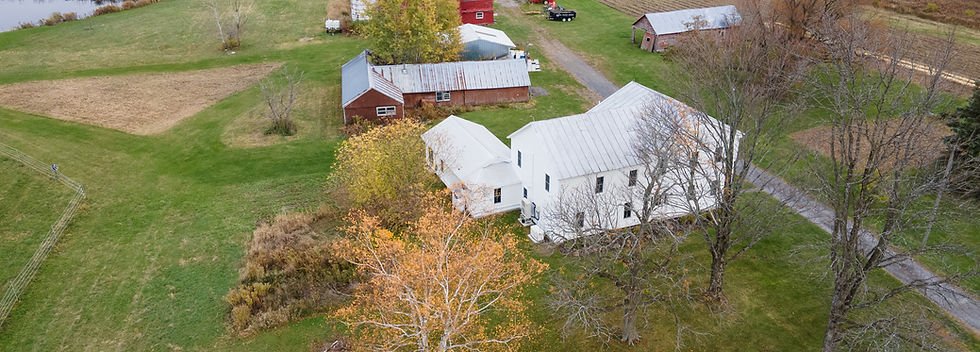
History
History of the Land
The land now known as Corbin Hill Road Farm was first inhabited by the Mohawks, who were drawn to the Schoharie Valley for its fertile soil and abundant water. In 1802, Samuel Brown established a dairy farm here, known as the Old Brown Homestead—now memorialized in folk art exhibited at the Fenimore Art Museum.
For nearly two centuries the land operated as a dairy. When industrial agriculture forced many small dairies to close in the 1980s, the farm went dormant for nearly 30 years. This period of rest allowed the soil and ecosystem to recover naturally, preparing the ground for a new chapter.
In 2009, a group of mission-driven Black and Brown investors acquired the 95-acre property to expand access to fresh, affordable food for urban communities. Renamed Corbin Hill Road Farm, the team built a regional food hub that aggregated produce from 42 local farmers and delivered weekly Farm Shares to more than 1,000 households. After proving the model, the operation was transferred—debt-free—to the newly formed nonprofit Corbin Hill Food Project.
In the years since, CHRF has produced honey, hay, garlic, and vegetables for food banks, markets, and community partners. Most recently, the farm has shifted its focus to perennial agroforestry, piloting chestnut, hazelnut, walnut, and heartnut systems with a 95% survival rate.
Today, CHRF is transitioning into a Perpetual Purpose Trust (PPT) to ensure the land remains permanently dedicated to ecological regeneration and community benefit. The PPT secures the farm as a mission-driven, community-aligned asset—one that supports shared prosperity and intergenerational wealth through regenerative stewardship.
